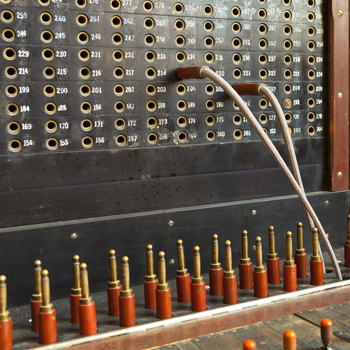During our interactions with colleagues and professionals in the industry we often encounter the adage:
“Our venue is too small.”
This is a popular challenge we face, especially when communicating with facility managers for smaller venues. In case you were wondering…we disagree with this adage quite a bit. The reason why we do, well, that’s the easy part. As you may know, we like to back our viewpoint with real-world events – so let’s get real.
The suspect in the deadly shootings at two Jewish institutions in suburban Kansas City made no secret of his hateful views, but few could have anticipated the attack that claimed three lives on Sunday April 13th. The shooter was identified as Frazier Glenn Miller, a 73-year-old white supremacist. The attack illustrates that bad things happen in venues of any size.
A Lesson for Smaller Venues
Ok, but what’s the vital lesson you speak of?
It’s definitely vital, but it’s simple. No matter your venue’s size, a public place is a public place. We're not saying the community center in the article didn't have one, but a plan is essential and may mean the difference in casualties and response times from the authorities.
Are you a smaller venue with no plan? Did we get you thinking? I hope we did, but don’t worry. Here are four recommended actions for preparing an incident preparedness plan:
- Create an emergency communication plan. Provide patrons and staff with a process for communication to report an incident and how to communicate in the event that an attack such as the aforementioned occurs. Equally, implement a command line among staff members for communicating as a team and with the local authorities.
- Establish a central meeting place. Establishing the safest location at your venue for harboring your patrons and staff is vital to identifying lost persons and potential casualties. This will save time and minimize confusion should your venue be affected.
- Assemble an emergency preparedness kit. Prepare a disaster supplies kit in an easy-to-carry bag or container. Include a first aid kit or AED machine.
- Practice. Practice makes perfect.
These actions are simple precautions to take in order to provide your patrons and staff with a safe and secure venue. We’ll say it again…no venue is too small.




